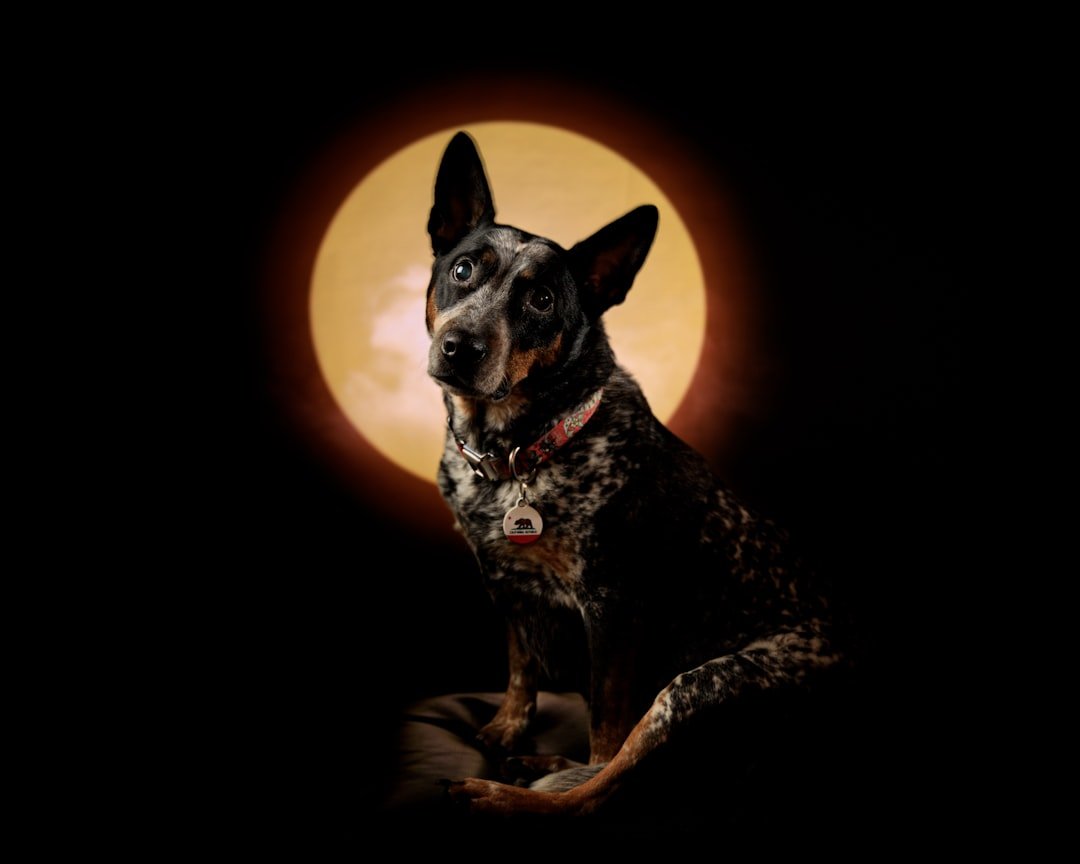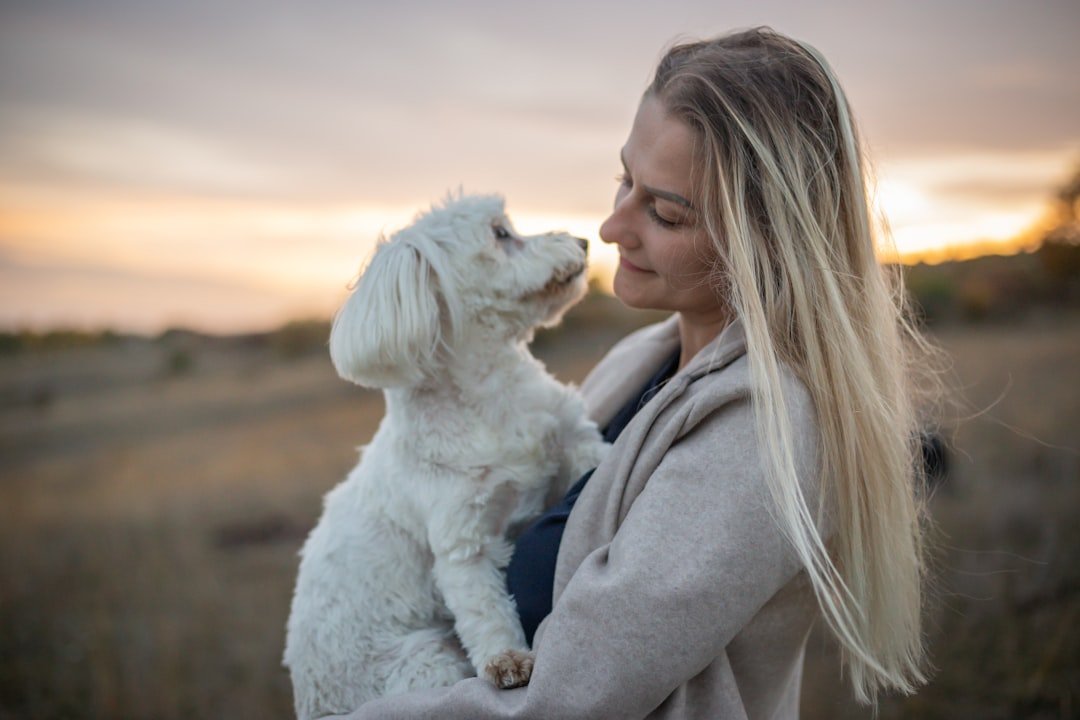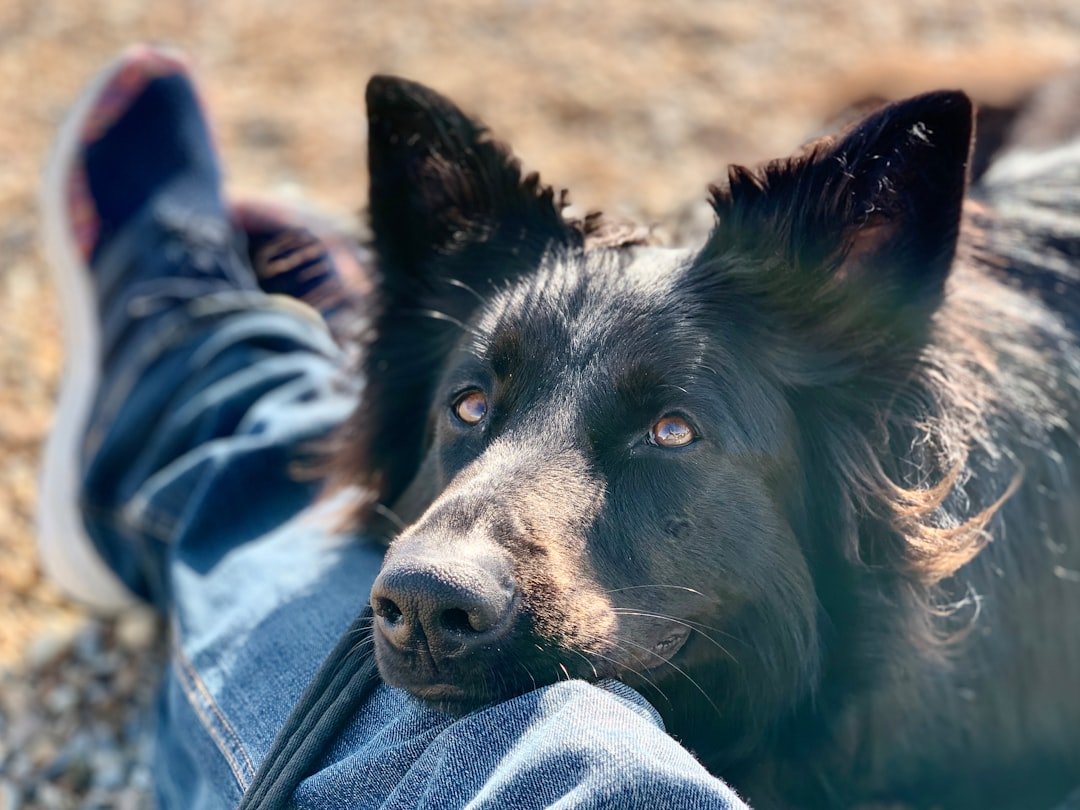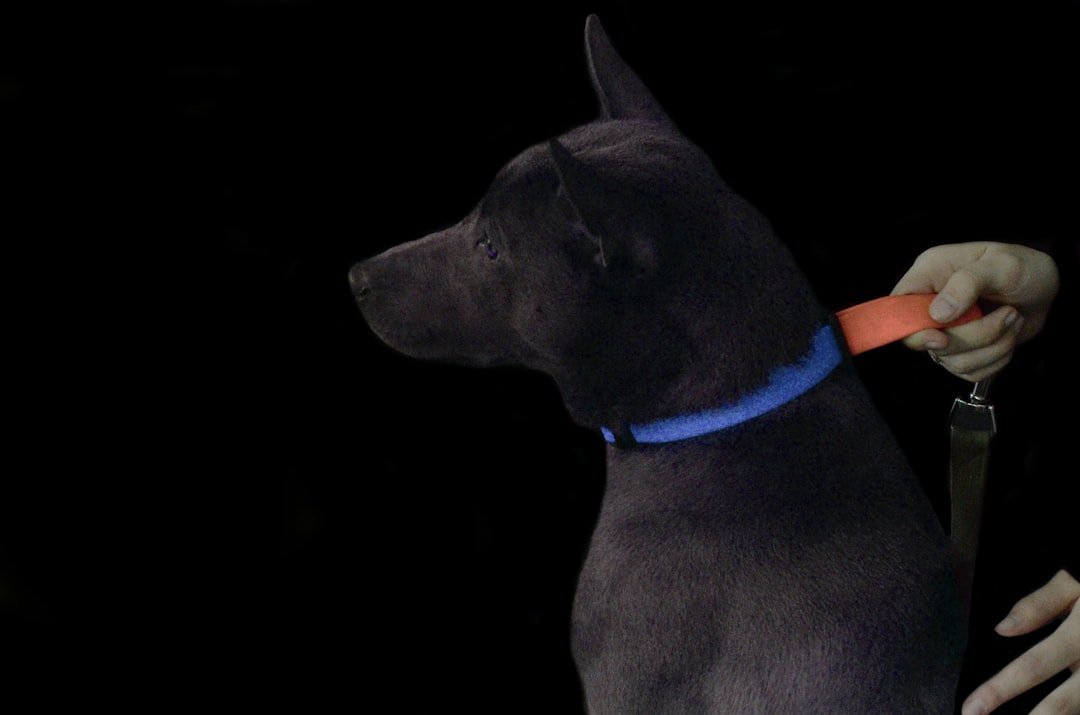Across living rooms and leashes, loyalty is the trait many of us secretly rank first when choosing a dog. Yet loyalty isn’t a single switch; it’s a tapestry of genetics, learning, social bonds, and context, and scientists are increasingly mapping those threads with fresh precision. At the same time, people still look for stories that make sense of personality and fit – and that’s where zodiac archetypes offer a playful, timeworn lens. Think of the pairings below as a conversation starter grounded in behavioral science, not a destiny chart. The goal is simple: help would‑be owners ask better questions, pick humane matches, and keep far more dogs in loving homes.
The Hidden Clues

Here’s a surprising reality: brain scans show dogs’ reward circuits respond to the scent of their favorite humans, even when those humans are not present. That’s loyalty as a measurable, biological signal, not just a heartwarming story. On the sidewalk, it looks like a dog checking back during an off‑leash romp or settling faster when their person returns from the mailbox.
In shelter notes and training logs, loyalty shows up as what scientists often call attachment and pair bonding. I once watched a timid mixed‑breed at a busy adoption event calm within seconds when her foster stepped in – an everyday snapshot of the “secure base” effect. Those quiet moments are the clues we’ll follow as we match breeds to zodiac styles in a way that respects both science and joy.
From Ancient Tools to Modern Science

Astrology is an ancient tool for telling stories about human temperament, and it persists because archetypes help us reason about fit. Modern canine science offers a complementary lens: genetics, developmental windows, and the measurable behaviors that cluster within breed histories. Large community‑science datasets published in recent years show that while breeds carry tendencies, individual variation is huge and overlaps across lines.
That means no zodiac–breed match is a guarantee; it’s an informed nudge toward what might align with your pace, space, and training appetite. Rigorous studies emphasize socialization, enrichment, and owner consistency as the levers that matter most. Think of the stars as a sketch, and the science – and your daily practice – as the ink.
The Loyalty Lab

Researchers track canine loyalty through standardized attachment tests, gaze metrics, and even hormone assays. When dogs and humans share prolonged eye contact, oxytocin levels can rise in both – a biochemical loop tied to bonding. Many dogs use their person as a secure base, exploring more confidently and solving tasks faster when that person is nearby.
Scientists also watch social referencing: a dog glances to the owner for information when facing something new, then adjusts behavior accordingly. These are reliable, repeatable markers that distinguish robust bonding from mere proximity. They tell us why some breeds feel velcro‑like while others are devoted yet more independent.
Decoding Breed Histories

Breeds did not appear out of thin air; they were shaped for jobs. Herding and many working breeds were selected for close handler collaboration, which can translate to intense human focus at home. Guardian lines often show steadfast devotion paired with thoughtful caution around strangers, while companion breeds were sculpted primarily for closeness and calm.
Still, early experiences and training style can dial those dials up or down. A famously loyal breed without outlets can tip into frustration; a so‑called independent breed with patient guidance may become the most attentive friend you’ve known. Matching is less about labels and more about how tendencies meet your real life.
The Zodiac Matches

Aries pairs with Australian Cattle Dog for fearless drive and tireless follow‑through, while Taurus dovetails with Labrador Retriever, a steady, food‑motivated ally who sticks like glue to routines and people. Gemini meets Border Collie, channeling brisk mentation and collaborative problem‑solving into games that sharpen bonds; Cancer finds an emotional echo in Cavalier King Charles Spaniel, a close‑contact companion tuned to subtle shifts at home.
Leo teams with Leonberger, a gentle, confident presence that bonds deeply and shines in family roles, whereas Virgo aligns with Standard Poodle, precise, people‑focused, and eager to learn rituals that reinforce attachment. Libra matches Golden Retriever, a sociable diplomat whose loyalty thrives on harmony; Scorpio locks in with Doberman Pinscher, bred for close partnership and remarkable handler focus. Sagittarius suits Siberian Husky, adventurous and loyal to the team even with a streak of independence best met with distance‑running fun; Capricorn partners with Akita, dignified and deeply devoted within the family circle when thoughtfully socialized. Aquarius clicks with Belgian Tervuren, a sharp, purpose‑driven collaborator who thrives on novel tasks shared with a trusted person; Pisces flows with Saint Bernard, calm, caregiving, and quietly watchful in ways that make reliance feel effortless.
Why It Matters

Breed–person mismatch is a preventable driver of returns to shelters and rescues. Owners often expect on‑demand loyalty without offering structure, mental work, or movement, which is like asking a concert violinist to sit quietly for days. Framing choices through archetypes – zodiac or otherwise – helps people imagine daily tempo, not just looks.
Compared with impulse adoptions or popularity spikes from viral videos, a trait‑first approach is kinder and more scientific. The practical payoff is fewer bites rooted in frustration, fewer torn sofas, and more pairs that reinforce each other’s health. In the end, loyalty grows where expectations and evidence meet.
The Future Landscape

Next‑gen wearables already track sleep, heart rate variability, and activity bursts, turning attachment and stress into readable trends over months. Combined with shelter intake histories and training logs, those data streams could power matching tools that go far beyond “breed quizzes,” spotlighting specific dogs whose routines sync with yours.
On the genetics side, researchers continue mapping behavior‑linked variants while warning against over‑promising or stigmatizing lines. The near future looks like blended models: a dog’s lived behavior carries the most weight, with breed history and health screening as context. Smarter tools won’t replace empathy and training – but they’ll make good decisions faster.
How You Can Engage

Start by listing your real day: hours at home, appetite for training, and how you handle noise, hair, and big feelings after a hard week. Meet multiple dogs, not just multiple breeds, and ask shelters or breeders about separation tolerance, recovery after surprises, and what the dog does to reconnect after a mistake.
Invest early in reward‑based training, daily enrichment, and calm decompression time – these are the pillars that turn potential into loyalty you can feel. Support community‑science projects and local rescues that collect behavior data transparently, and keep an open mind if the dog that chooses you isn’t the one you pictured. Ready to meet your match?

Suhail Ahmed is a passionate digital professional and nature enthusiast with over 8 years of experience in content strategy, SEO, web development, and digital operations. Alongside his freelance journey, Suhail actively contributes to nature and wildlife platforms like Discover Wildlife, where he channels his curiosity for the planet into engaging, educational storytelling.
With a strong background in managing digital ecosystems — from ecommerce stores and WordPress websites to social media and automation — Suhail merges technical precision with creative insight. His content reflects a rare balance: SEO-friendly yet deeply human, data-informed yet emotionally resonant.
Driven by a love for discovery and storytelling, Suhail believes in using digital platforms to amplify causes that matter — especially those protecting Earth’s biodiversity and inspiring sustainable living. Whether he’s managing online projects or crafting wildlife content, his goal remains the same: to inform, inspire, and leave a positive digital footprint.




